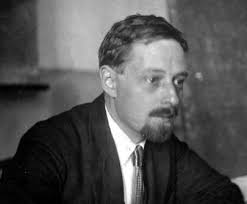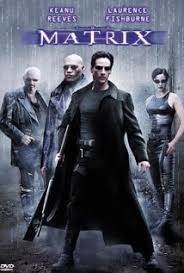What is narrative?
A narrative is a spoken or written account of connected events, it describes a sequence of events varyings from fictional to non fictional. It dates back a 18000 years when cavemen used to draw paintings on the wall in a form of communications. A narrative describes a sequence of events varyings from fictional to non fictional.
Why are narratives important?
Narratives are important to help us make sense of the world. As a child, you are brought up reading fairy tales and myths, which helps the imagination to expand, but in reality you are just escaping into a dream world for the length of the movie. Religions and history is basically transferred through generations through narrative with books and tales that are re told.
Once upon a time can be seen as just an opening to a fairy tale, but it has a deeper meaning than that. 'Once' is past test and takes us into a different time. 'Upon a time' situates us into a world which we know is different from ours. This sets the mood for a fairy tale or myth as it becomes a regular occurance and it has the same effect on the reader.
There are three narative theories that studies the codes and conventions within a story.
Vladimir Propp

Vladimir Propp suggested that the 8 character roles and 31 functions within a narrative as I have covered above. These are used in many stories, but are also a reflection on life when u compare Princess Diana to Adolf Hitler.
Tzvetan Todorov

Tzvetan thought that that stories and started with an equilibrium (balanced) but it is disrupted throughout with a change of events. Problems are then solved by the hero, restoring normality to the novel.
Claude Levi-Strauss

Strauss looked at the narrative structure and noticed a series of binary oppositions. For example Good vs evil, Black vs White, Female vs Male. He saw the deeper meaning within the narrative, if he was looking at a Science Fiction novel, he would say;
Earth - Space
Good - Evil
Humans - Aliens
Past - Present
Normal - Strange
Known - Unknown
I feel the best one for when we create our film will be Claudes theory as we will try to have an opposite in every character.
The hero - Leads the narrative and is usually looking to solve something (a quest)
The Villain - Conflicts with the hero.
The Heroine - Usually a 'reward' for the hero triamphing.
The Father - An authority figure who offers a reward for the hero to complete his or her quest
The Helper - Assists the hero in completing his quest.
The Donor - Gives the hero something such as a special power to help him defeat the villain and win the reward.
The Mentor The master/tutor towards the hero, teaches him the tricks of the trade along the way.
Many films contain these set guidelines, one example is The Matrix. The hero within the film is Neo, because he is fighting on behalf of Zion to save thousands of people. The Villain within this film is Agent Smith because he is the exact opposite of Neo, he is power mad and wants to destroy all humans as he believes that they are a virus. The father within this film is Morpheus, as he is an authority figure to Neo, and continually boosts Neos morale. The helper in matrix is tank, as he receives the phonecall to help them escape from the matrix. The donor within the matrix is the Oracle, as he is always giving Neo advice on what to do next to help him complete his 'quest'. Neos mentor is again Morpheus as he trained him up to fight against the agents and understand the world that they are living in at the start.

Bibliography - http://naridus.com/2010/08/23/why-narrative-and-identity-development-is-important/
http://www.scribd.com/doc/8332523/Narrative-theory-notes
http://www.imdb.com/
Filmography - http://www.imdb.com/title/tt0133093/
Film - The Matrix
Year - 1999
Directors - Andy Wachowski
Lana Wachowski |
|
| |
No comments:
Post a Comment